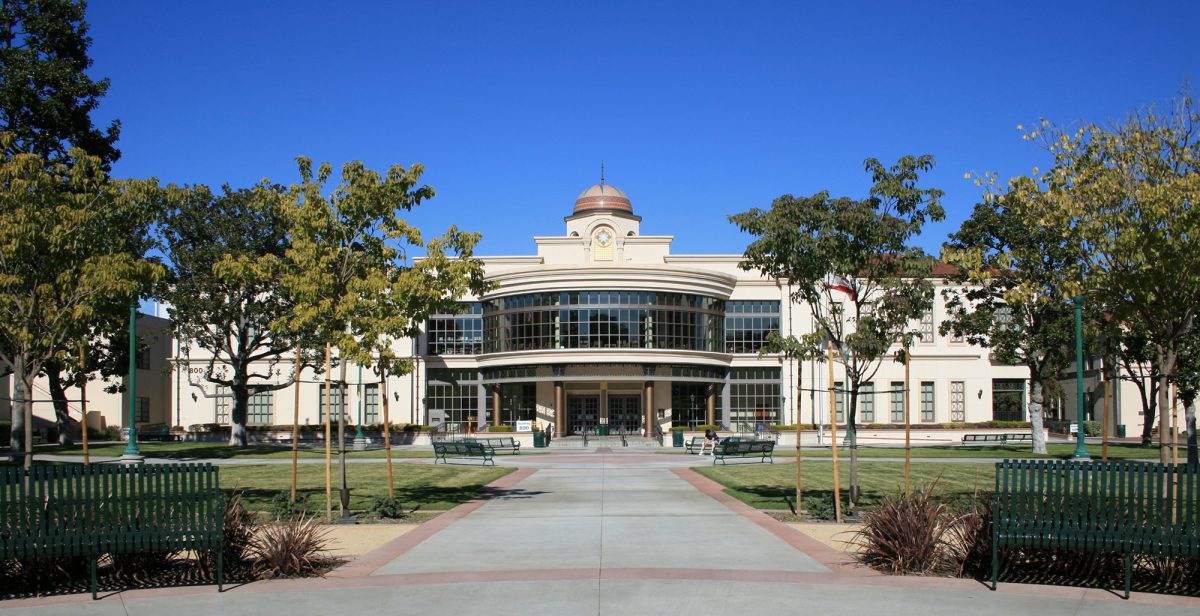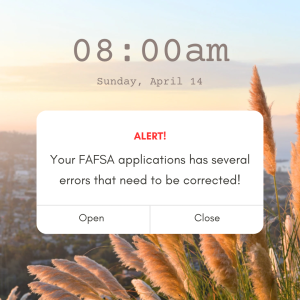If Californians were to set off to catch a glimpse of the beauty that lies beyond the cramped cities, suburbs and backed up freeways, they would find a wilderness that is frequented by few residents of the state.
California is covered in vast plains, deserts and coastline that stretch out for miles. It also has pockets of forests, marvelous bodies of water, streams and serine mountain tops.

However, current wilds would come short in comparison to the remarkable landscapes and life that once inhabited the golden state.
Today, California’s public lands encompass roughly 15% of the state’s land mass and is managed through the Bureau of Land Management (BLM) along with help from the US Fish and Wildlife agency. California’s bulk of funding for managing these lands and wildlife comes from the purchasing of licenses, tags and equipment by hunters and anglers.
In 2017, California’s population was enormous at 39.4 million. However, the 2017 US Fish and Wildlife Service census found that only 284,069 people purchased a license for hunting and a little over 2.5 million for fishing.
Those numbers that would mean that just 7% of the state’s population participated in activities that provided the majority of funding for its lands and wildlife. A population which has since decreased.
California has also seen a decline in its wildlife populations. Urbanization has lead to a wave of habitat loss within the state. A process which has also put much pressure on deer, black bear and many other native species populations.
California has two subspecies of mule deer, the Colombian black-tailed and the California mule. Both with hunting seasons in the later quarter of the year. The California Department of Fish and Wildlife reports that 1960, the state hit its peak in deer with a population at about 2 million.
Today, the number of deer sits at about 459,450 heads out in the wild as estimated by the Western Association of Fish & Wildlife Agencies. For those in Fullerton, deer can easily be seen on hikes in Powder Canyon off Fullerton Road, in La Habra Heights.

Rather than seeing a population decrease, Black bears are thriving. There has been a steady increase near more urban areas. Last June, a man and his dog were attacked by a bear in a Los Angeles suburb.
Native wildlife are not the only animal raising concern. Feral animals like the horse also create an abundance of issues.
Feral horses are a growing population with little predators to be concerned with. This growing population wreaks havoc on food and water sources for native wildlife. Not only do they provide competition for resources with natives, they also erode grazing grounds and dry out soil, leaving few places for water.
Due to laws in place under the Wild Free Roaming Horse and Burro Act of 1971, feral horses are granted an incredible level of protections that rival endangered species. These regulations have greatly limited the ability of BLM to manage these animals.
California is lucky enough to be littered with pockets of nature, which the residents of share ownership of these public lands. If Californians do not perform their part in preserving these great outdoors, they risk seeing the prestigious wildlife and lands in their backyards fade.


















